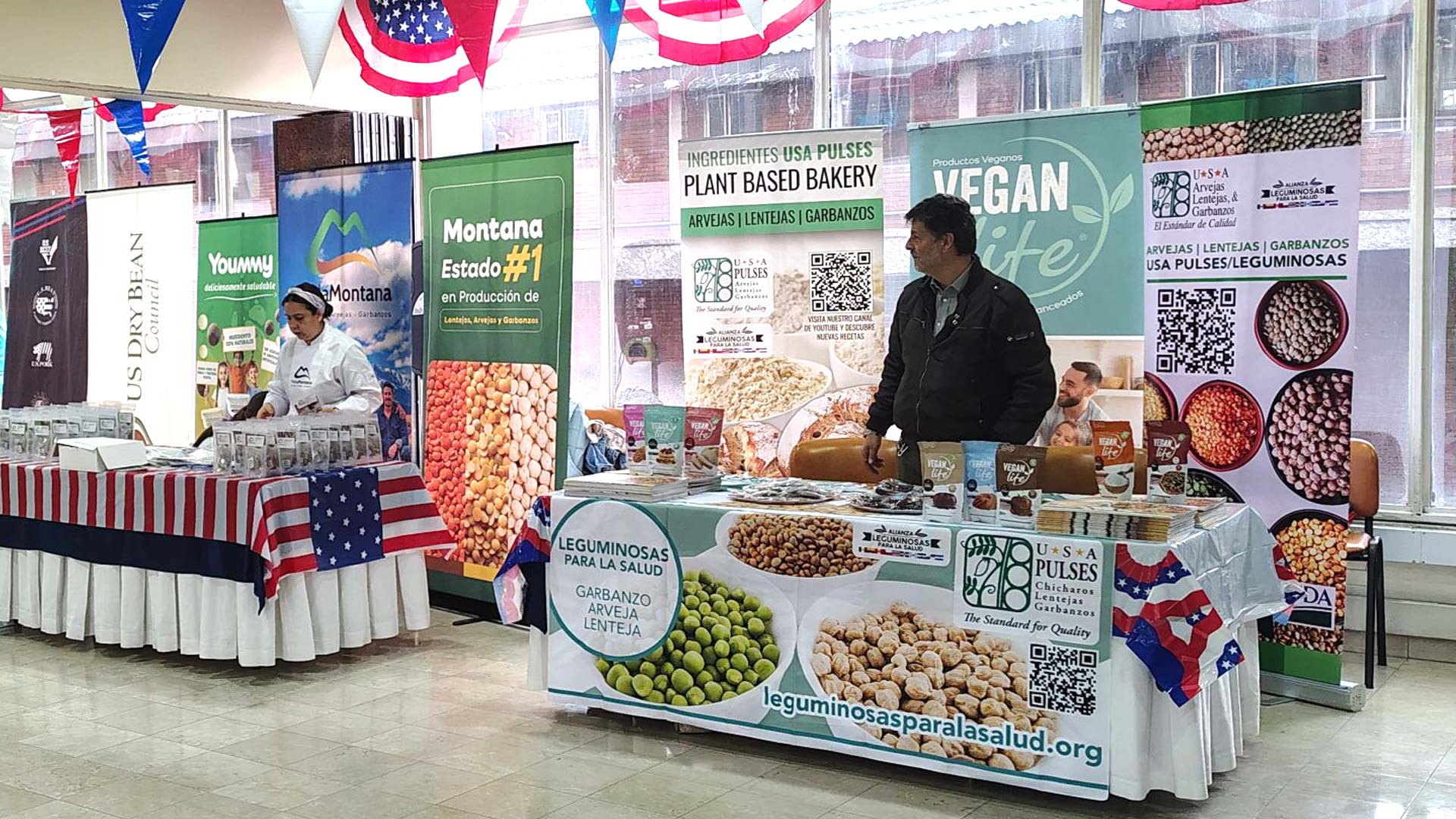
2025-04-22
The Final Stage of NOM-051: What Food Manufacturers Need to Know About Mexico’s Warning Label Law
Mexico has become one of the global frontrunners in implementing front-of-pack (FOP) warning labeling regulations, placing public health at the forefront of national policy. At the heart of this transformation is NOM-051-SCFI/SSA1-2010, commonly known as NOM-051, the official regulation that mandates food and beverage labeling requirements. After multiple implementation phases since 2020, NOM-051 is now entering its third and final stage in 2025, setting in motion new requirements that will significantly impact how food products are presented to consumers—and how food companies formulate and market their goods.
This article explores what the final stage of NOM-051 entails, its implications for food and beverage manufacturers, and strategic recommendations to ensure compliance and minimize the impact of warning labels on sales and brand perception.
Understanding NOM-051 and Its Background
The primary objective of NOM-051 is to combat rising obesity, diabetes, and cardiovascular disease in Mexico by improving consumer awareness of high-risk nutrients in packaged foods and beverages. The regulation was updated in 2020 to introduce a phased front-of-pack labeling system based on nutrient thresholds for calories, sugar, sodium, and saturated fats.
The warning labels—black octagons with white letters—signal when a product is "Excess in Calories," "Excess in Sugars," "Excess in Saturated Fats," "Excess in Trans Fats," or "Excess in Sodium." Products targeting children that exceed certain nutrient thresholds must also bear labels warning "Contains Sweeteners – Not Recommended for Children" or "Contains Caffeine – Avoid in Children."
These changes were implemented in three stages:
•Stage 1: October 2020 – October 2023
•Stage 2: October 2023 – September 2025
•Stage 3 (Final): October 2025 onward
Each phase includes stricter thresholds for nutrients of concern, making it progressively harder for non-compliant products to avoid warning labels.
Sources:
Diario Oficial de la Federación (DOF) – NOM-051 Update: https://www.dof.gob.mx
COFEPRIS (Mexican Health Regulatory Agency): https://www.gob.mx/cofepris
What’s New in the Final Stage of NOM-051?
The third and final stage of NOM-051 introduces stricter nutrient thresholds for critical ingredients. Products that previously escaped warnings may now qualify for them under the new limits.
Here’s a breakdown of the new thresholds (per 100g or 100ml):
Nutrient Previous Limit (Stage 2) Final Limit (Stage 3 - 2025)
Calories ≥275 kcal ≥275 kcal (no change)
Free Sugars ≥10% of total energy ≥10% (no change)
Saturated Fat ≥10% of total energy ≥9%
Trans Fat ≥1% of total energy ≥0.7%
Sodium (Solids) ≥300 mg ≥280 mg
Sodium (Liquids) ≥45 mg **≥45 mg (no change)
The most significant shifts affect trans fats and sodium, both of which are associated with cardiovascular risk. These changes align with recommendations from the World Health Organization (WHO) and PAHO, pushing manufacturers to further reformulate their products or face consumer warnings.
Key Impacts for Food Manufacturers
As NOM-051’s final phase approaches, the stakes are high. Here’s how the regulation may impact manufacturers operating in or exporting to Mexico:
1. Brand Perception and Consumer Behavior
Warning labels have a strong psychological effect. Research from Mexico’s Instituto Nacional de Salud Pública (INSP) shows that the black octagons significantly reduce consumer preference for products bearing them, especially among parents shopping for children.
Manufacturers must now account for how warning labels affect product image, customer loyalty, and pricing strategy.
2. Product Reformulation Pressure
To avoid negative labeling, companies must explore reformulation strategies that reduce sugar, sodium, and saturated/trans fats—without compromising taste or shelf life. However, reformulation is not easy or cheap. It involves R&D investments, ingredient substitutions, regulatory reevaluation, and often new supply chain agreements.
3. Limitations in Marketing and Packaging
Products with one or more warning labels face strict advertising constraints:
•No cartoon characters or mascots
•No marketing to children under 12
•No offering of incentives such as toys or collectibles
Additionally, labels must be clearly visible on the front of the package, occupying prominent space, leaving less room for brand design or promotional content.
4. Export Compliance
International companies exporting to Mexico must comply with NOM-051 or risk detentions at customs, distribution bans, or penalties by COFEPRIS. This adds another layer of regulatory complexity for global food brands.
Recommendations for Compliance and Strategic Adaptation
To navigate NOM-051’s final phase, food manufacturers should take proactive measures. Below are key recommendations:
1. Nutritional Reformulation with Expert Support
Reformulating products to reduce sugar, sodium, and trans fats is critical. Manufacturers should consider:
•Using natural sweeteners like stevia or monk fruit.
•Substituting saturated fats with vegetable oils rich in unsaturated fats.
•Employing salt replacers or umami boosters to maintain taste while lowering sodium content.
•Partnering with R&D labs, nutritionists, and regulatory experts will streamline this process and improve success rates.
2. Labeling Audits and Simulation Tools
Conduct a full label audit using NOM-051 nutrient calculators to simulate how your product will perform under the final thresholds. COFEPRIS offers tools, and third-party compliance platforms can simulate outcomes across product lines.
3. Consumer Education Campaigns
If your product must carry warning labels, turn transparency into trust:
•Highlight the nutritional benefits that remain (fiber, protein, vitamins).
•Emphasize portion size, usage context, or product comparisons in marketing.
•Invest in clean-label initiatives and show efforts to improve health.
This is especially important for brands that cannot feasibly reformulate.
4. Revisiting Product Innovation
Companies may find more opportunity in creating new SKUs specifically designed to meet the NOM-051 limits than in reformulating legacy brands. This can allow faster time-to-market and greater flexibility in branding.
Examples include:
•Low-sodium snacks
•Beverages with natural sweeteners
•“Light” versions of best-selling products
5. Monitor and Train Your Teams
Train your marketing, R&D, regulatory affairs, and quality teams on NOM-051 requirements. Cross-functional alignment is key to avoiding compliance issues and ensuring smooth adaptation during the transition period.
Challenges Still to Overcome
Despite good intentions, NOM-051’s implementation has raised concerns:
Small producers face greater burdens due to limited resources for reformulation and regulatory compliance.
Critics argue that the labeling does not always reflect overall product health—for example, a product with fiber, protein, and vitamins may still carry a warning for sodium.
Enforcement inconsistency exists across regions, especially for imported products and e-commerce channels.
Nonetheless, the regulation has gained praise from global institutions like UNICEF, WHO, and PAHO, and is being studied as a model by other countries.
Final Thoughts
The final phase of NOM-051 represents a significant leap in Mexico’s fight against non-communicable diseases through policy-driven nutrition education. For food manufacturers, this is both a regulatory hurdle and an innovation opportunity. Those who take proactive steps—reformulating products, educating consumers, and adapting branding strategies—will be better positioned not just to comply, but to thrive in a more health-conscious marketplace.
As the October 2025 deadline approaches, the message is clear: don’t wait to act.
Sources:
Diario Oficial de la Federación (NOM-051) – https://www.dof.gob.mx
COFEPRIS – https://www.gob.mx/cofepris
Instituto Nacional de Salud Pública – https://www.insp.mx
PAHO/WHO Nutrient Profile Model – https://iris.paho.org
UNICEF Mexico – https://www.unicef.org/mexico



